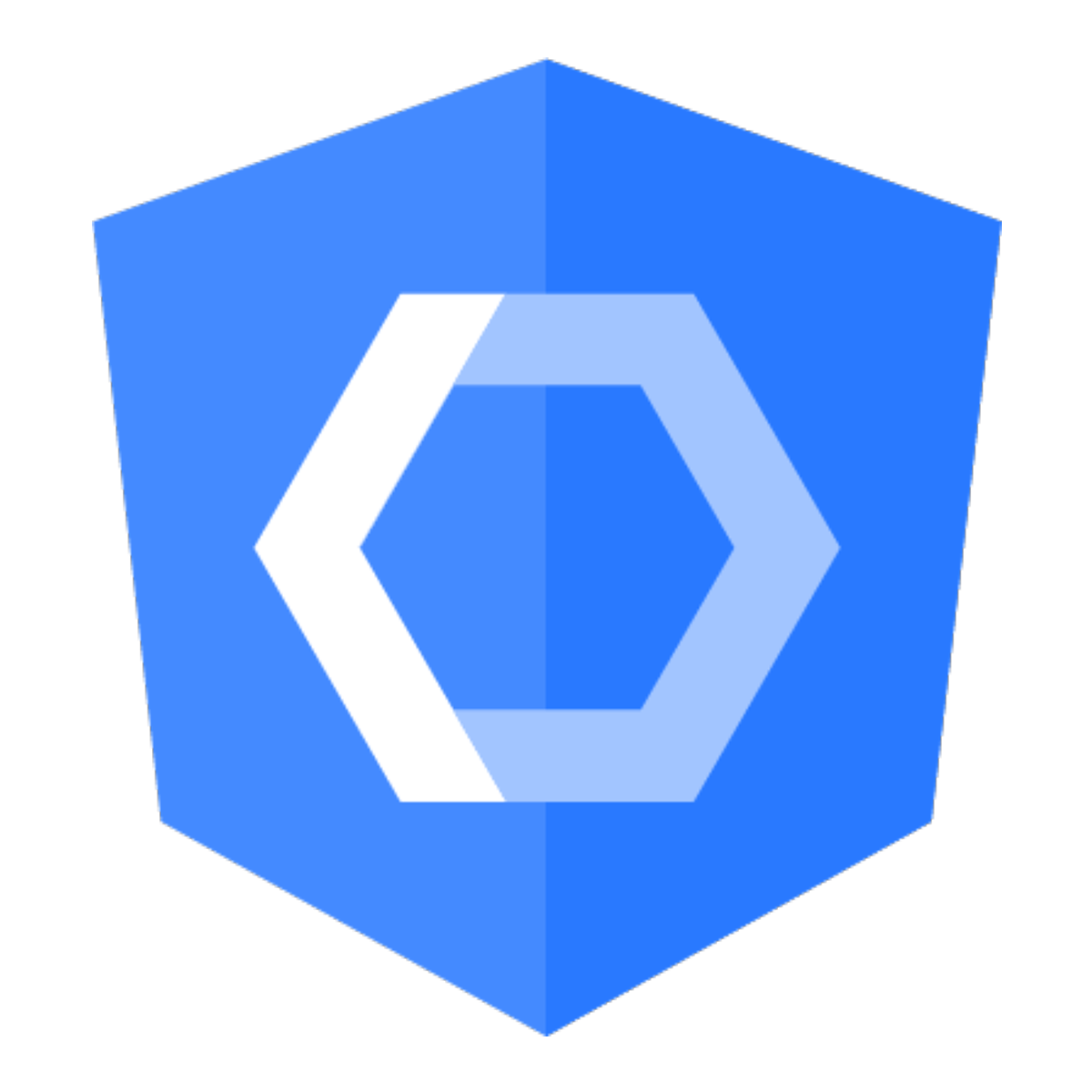Research Notes: What are Angular Elements?
Blog posts and docs:
Angular Docs on Elements Getting Started with Angular Elements A Practical Guide to Angular Elements
Key Qualities:
- Automatic – easily sets itself up
- Reusable – only need to be written once. And then can be used outside of Angular in other kinds of projects – eg. React, Vue, and Vanilla JS.
- Makes dynamic content possible – makes us able to built complex things like... (examples)
- Bridge between the DOM and the data behind the component
Technical Definitions
-
Syntax
createCustomElement() -
"Angular components packaged as custom elements, a web standard for defining new HTML elements in a framework-agnostic way. A custom element extends HTML by allowing you to define a tag whose content is created and controlled by JavaScript code."
-
Elements automatically connect your component-defined view with change detection and data binding, mapping Angular functionality to the corresponding native HTML equivalents
-
Custom elements bootstrap themselves - they start automatically when they are added to the DOM, and are automatically destroyed when removed from the DOM. Once a custom element is added to the DOM for any page, it looks and behaves like any other HTML element, and does not require any special knowledge of Angular terms or usage conventions.





Primary tags
Angular
https://egghead.io/courses/getting-started-with-angular-elements
One of the major innovations in Angular version 6 are Angular Elements. They allow us to develop Angular components just as we’re accustomed to, using their powerful API and then to compile them into browser native Custom Elements. Custom Elements are a web standard for defining new HTML elements in a framework-agnostic way. They extend the HTML by allowing us to define a tag whose content is created and controlled by JavaScript code.
In this course, we’re going to take a look how we can leverage Angular Elements within our Angular apps to make them even more dynamic, a use case that’s commonly required in CMS like environments. But not only, we’ll also see how we can compile our Angular Elements into a standalone script file that can be included in any other web context and how we can pass data and register events on those Custom Elements.